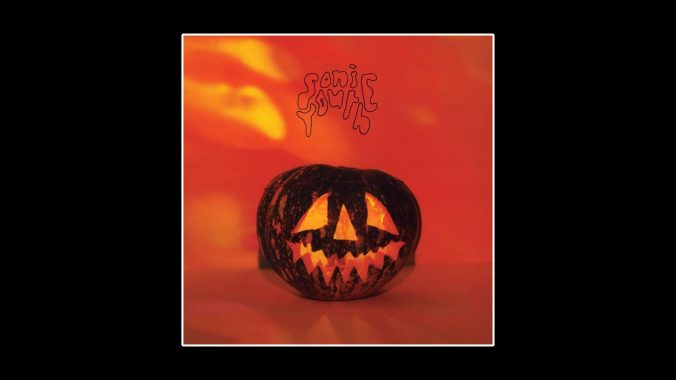Sonic Youth Refines Chaos on Walls Have Ears
After 38 years, the unofficial live album receives a proper band-approved release—and it fully delivers as a portrait of them on the precipice of greatness.

Sonic Youth’s first performance in London can only be described as a “semi-disaster,” as Kim Gordon put it in her memoir. She recalls how the 1983 show was marred by technical difficulties including a snapped bass string and malfunctioning equipment. Thurston Moore even flung his guitar at the club’s audience out of frustration with the experience.
But people loved it. While some regarded the group as pretentious, the show was praised by many viewers and critics alike. It solidified a ringing authenticity that the band would continue to carry throughout their experimentation and performances. Sonic Youth feels like a band born from chaos and destined to perfect it and, on Walls Have Ears, we hear a fledgling version of the band begin to hone this chaos in an unrestrained live setting—as they perform throughout England only two years after their ill-fated London debut.
When listening to the official release of Walls Have Ears, the dramatic irony of Sonic Youth’s eventual fate looms over the live album. The band had yet to achieve the current level of international acclaim and recognition that would come after the release of Daydream Nation in 1988. In their early days, the members of Sonic Youth were molded by the muck and mire of the early ‘80s New York no-wave scene resulting in their bold, relentless sound that appealed to live audiences. The band embraced the no-wave ethos of valuing the unbridled over the organized, heavily influencing the raucous live sets heard on Walls Have Ears.
-

-

-

-

-

-

-

-

-

-

-

-

-

-

-

-

-

-

-

-

-

-

-

-

-

-

-

-

-

-

-

-

-

-

-

-

-

-

-

-








































